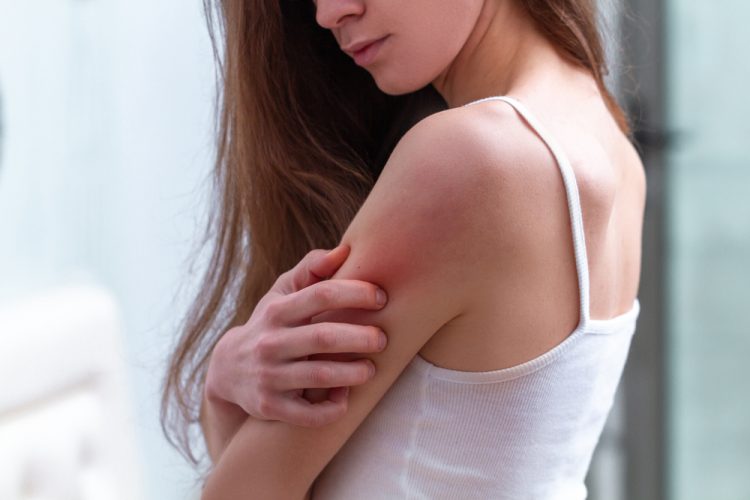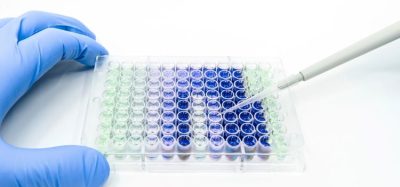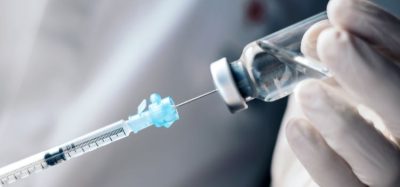Bimekizumab achieves sustained levels of skin clearance over two years
Posted: 29 September 2021 | Anna Begley (European Pharmaceutical Review) | No comments yet
Interim results from the BE BRIGHT study shows that bimekizumab is effective and safe for the treatment of moderate to severe psoriasis.


UCB has announced new interim results from the BE BRIGHT open-label extension (OLE) study evaluating the long-term safety, tolerability and efficacy of Bimzelx® (bimekizumab) through to two years in adult patients with moderate to severe plaque psoriasis who completed one of the three Phase III pivotal studies.
Bimekizumab is the first selective IL-17A and IL-17F inhibitor to be approved in the EU for the treatment of moderate to severe plaque psoriasis in adults who are candidates for systemic therapy.
Interim data from the BE BRIGHT study presented at the European Academy of Dermatology and Venereology (EADV) Congress 2021 showed that patients treated with bimekizumab achieved sustained levels of skin clearance (Psoriasis Area and Severity Index [PASI] 90 and 100) through to two years with continuous maintenance dosing, and that bimekizumab was generally well tolerated, with no new safety signals identified. Switching to bimekizumab following 24 weeks of adalimumab treatment (BE SURE) resulted in a sustained increase in PASI 90 and PASI 100 responder rates up to two years.
In addition, switching to bimekizumab following 52 weeks of ustekinumab treatment (BE VIVID) resulted in a sustained increase in PASI 100 responder rates up to week 100. Patients switching to bimekizumab after an inadequate response to ustekinumab at week 52 also showed sustained improvements in levels of skin clearance (PASI 90 and PASI 100).
After completing the Phase III BE SURE trial, patients could enrol in the OLE study. In bimekizumab-randomised patients (320mg every four weeks [Q4W] through two years), PASI 90 response rates were 91.2 percent at both week 16 and week 104. PASI 100 response rates in this group were 61.6 percent at week 16 and 72.3 percent at week 104.
In bimekizumab-randomised patients (320mg Q4W for 16 weeks, and then every eight weeks [Q8W] through two years), the percentage of patients reaching PASI 90 was 89.4 percent at week 16 and 89.7 percent at week 104. Levels of PASI 100 response in this group were 62.8 percent at week 16 and 68.1 percent at week 104.
Switching from adalimumab to bimekizumab 320mg Q4W resulted in sustained response rates (PASI 90 and PASI 100) through to two years which were comparable to the response rates seen in patients receiving continuous bimekizumab treatment. Bimekizumab was well tolerated over two years, with no new safety signals.
Across Phase II and III trials, the total bimekizumab exposure was 3109.7 patient-years (n=1789). Treatment emergent adverse events (TEAEs) occurred at an exposure-adjusted incidence rate (EAIR) of 202.4 per 100 patient-years, serious TEAEs were seen at an EAIR of 5.9 new cases per 100 patient-years and TEAEs leading to discontinuation at 3.8 new cases per 100 patient-years.
The most common TEAEs in the Phase II and III trials with bimekizumab were nasopharyngitis, oral candidiasis and upper respiratory tract infection. The EAIR for oral candidiasis showed a decrease compared with one year of bimekizumab treatment (12.6 new cases per 100 patient-years versus 16.4 new cases per 100 patient-years) and was lower with bimekizumab dosed Q8W (9.6 per 100 patient-years) compared with Q4W (16.4 per 100 patient-years).
“Following the recent approval of bimekizumab in Europe, we are pleased to share new two-year data at EADV supporting the clinical value of bimekizumab in the treatment of moderate to severe psoriasis,” commented Emmanuel Caeymaex at UCB. “The range of longer-term efficacy and safety data presented offer important new insights for the dermatology community and reflect our commitment to improving the standard of care for people with psoriasis.”
Related topics
Antibodies, Big Pharma, Clinical Trials, Data Analysis, Drug Development, Drug Safety, Research & Development (R&D), Therapeutics









